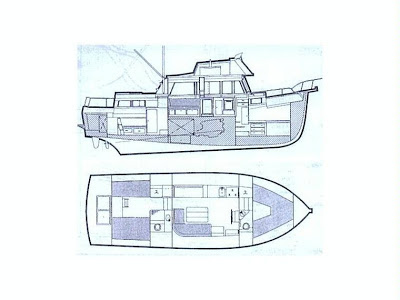A photo of the Broads has beaten hundreds of others from across UK national parks to clinch top prize in a competition judged by adventurer Ben Fogle.
The picture of a young woman canoeing through Surlingham Broad at sunrise was shot by Tasmanian amateur photogapher Fraser Johnston who was inspired to take up the hobby while exploring the Broads only five years ago.
It was the only Broads entry to the Actively Yours contest sponsored by Merrell and wowed television star Ben, who chose the “breathtakingly beautiful” photo from a field of 334 entries from both amateur and professional photographers.
"Johnston's photo is evocative and moving," he said. "It's a beautiful winter's scene that makes you want to dive into the image. I find it surprisingly moving and breathtakingly beautiful. Canoeing is accessible to everyone; it requires no expertise. Just like the National Parks, it's for everyone."
Judges wanted to see people being active in one of the 15 members of the National Park family, emphasising that Britain’s breathing spaces belong to everybody.
The Actively Yours theme is supported by outdoor footwear specialists Merrell, who will be providing Fraser with his choice of outdoor or active footwear from their spring/summer 2013 collection.
Fraser moved to Norwich in 2007 after meeting his Norfolk girlfriend in Tasmania while she was on holiday.
“At the time I didn't even know that Norfolk existed,” he said. “It's much different to Tasmania where there is barely a flat piece of ground anywhere. However I learned to love the landscape especially after we bought an old hand made canoe. About this time I took up photography and we started exploring the Broads, putting a tent and some warm clothes in our leaky old canoe and setting off from Norwich, headed down river for the weekend.
“The photograph is a beautiful memory of a beautiful winter's morning setting off in the canoe after camping the night before. The position the shot is taken from puts the viewer right in the action, taking the stern position in the canoe."
The competition was launched on 18 March this year and ran until 26 April. Kathryn Cook, UK Director of the UK Association of National Park Authorities, said the short-listing process was “an incredibly difficult one.”
"We were really taken with the quality of this year's entries," she said. "There were some lively discussions amongst the judges about who should go through. Each of the photos so wonderfully represented what is special about the UK's National Parks - that they are free and open to all of us. We're certainly grateful to Ben for taking on the challenge of picking a final winner -- it can't have been easy."
To see the winning photo, as well as the other entries visit: www.nationalparks.gov.uk/photo-competition
The annual photography competition is one of the major events leading up to National Parks Week, which takes place this year from 29 July to 4 August. As with the photography competition, the theme for National Parks Week 2013 is Actively Yours. It is part of an effort to encourage everyone to get out and enjoy the incredible diversity of landscapes and activities to be found within the UK's National Parks family.
To learn more about National Parks Week, including finding information on events taking place near you, visit: www.nationalparks.gov.uk/2013nationalparksweek
















